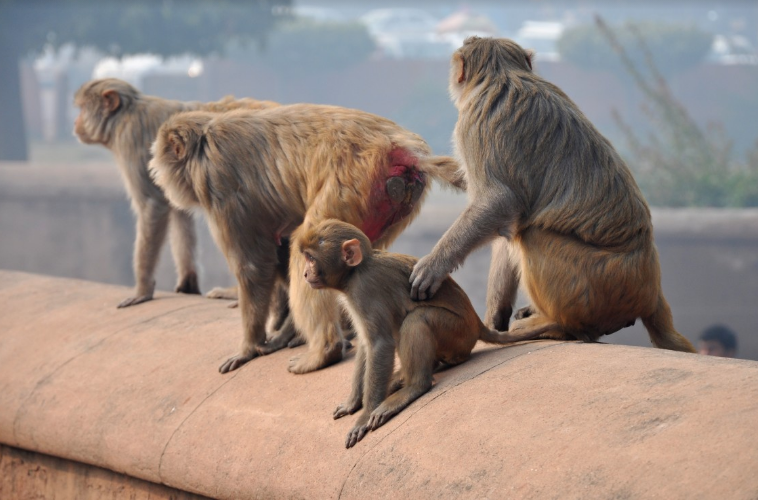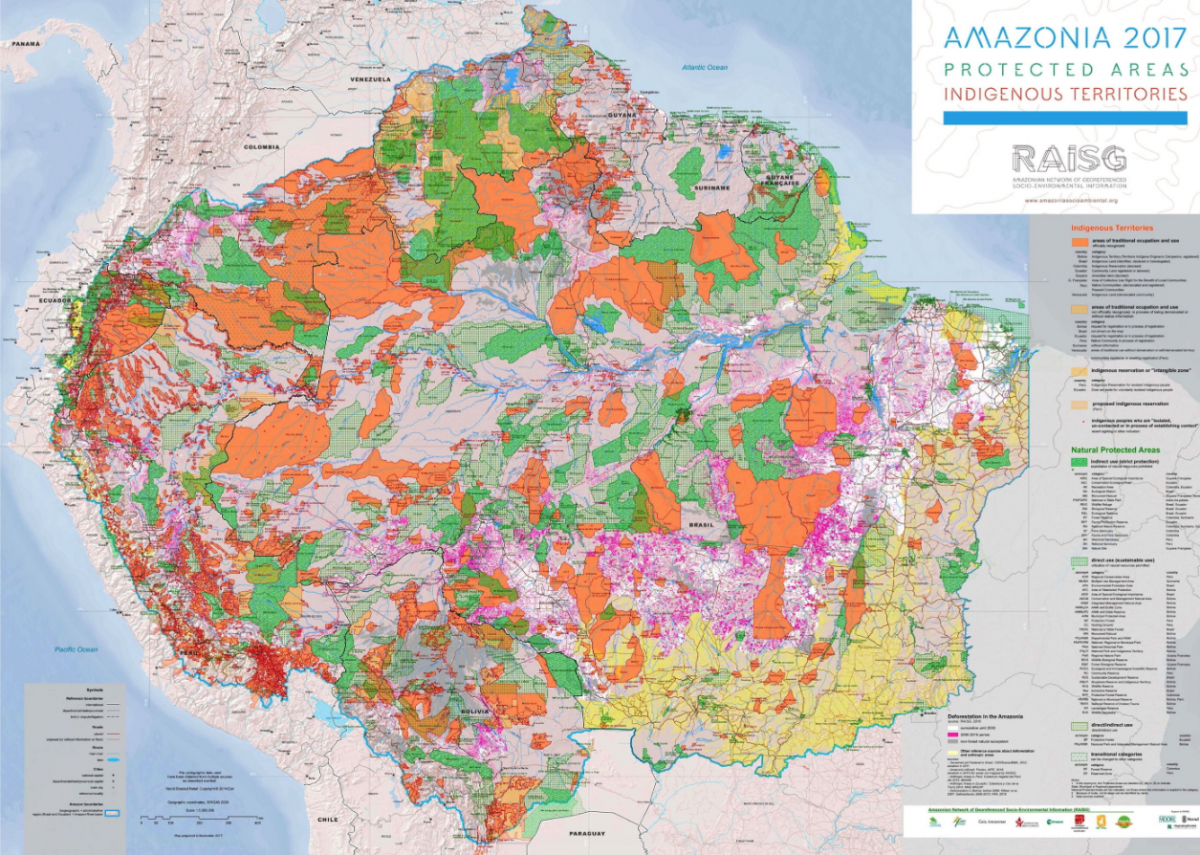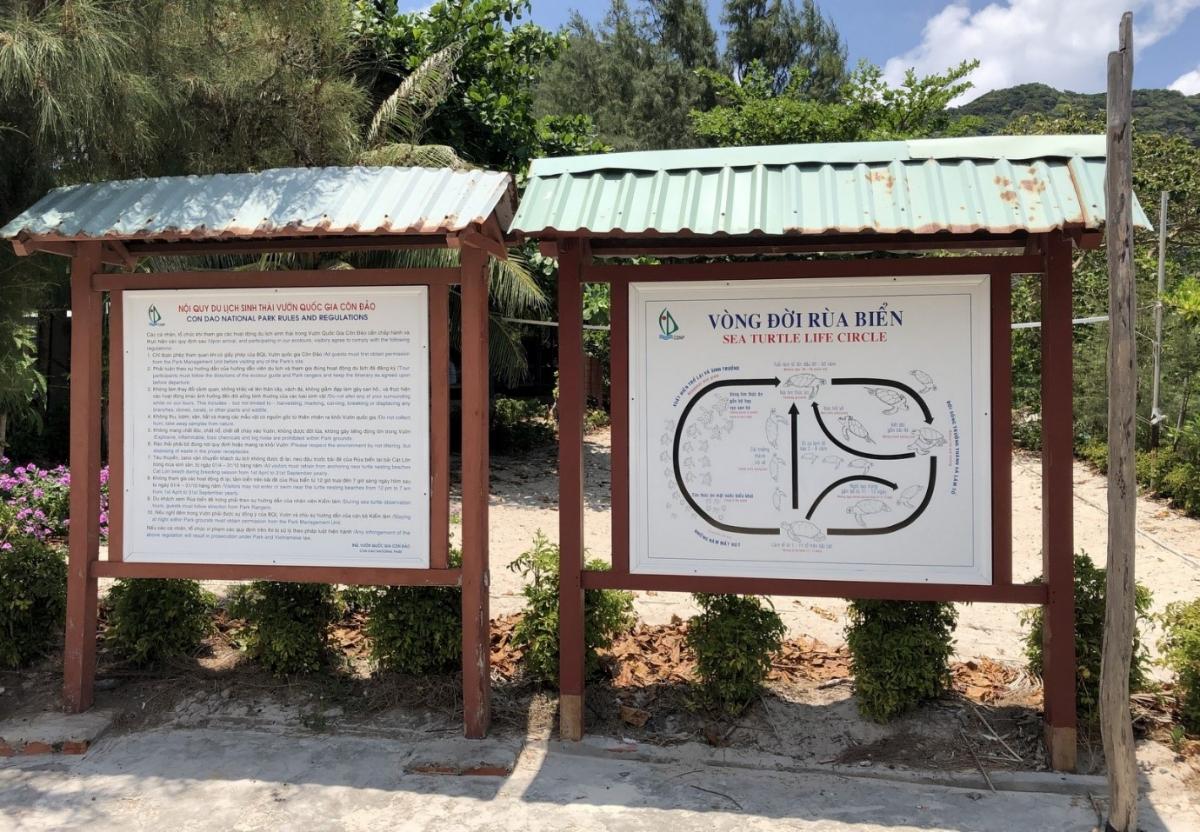The Yanesha Communal Reserve, Peru: help to secure commitments by using the engagement the Green List offers
“We face many challenges, but we can protect our homeland if the Government and others support us. We invite the IUCN global network to help us gain recognition for our efforts.” (Hermes Liviac, manager of the Yanesha Communal Reserve)
The Yánesha Communal Reserve is a vibrant natural forest haven situated on the slopes of the Amazon basin. Its 34,745 hectares of primary Amazon forest and freshwater ecosystems are governed by the Yánesha people through the legal ‘Communal Reserve’ arrangement with the Peruvian Government and their national protected areas agency (Servicio Nacional de Areas Naturales Protegidas SERNANP). The Yánesha Communal Reserve is wholly managed by the Yánesha people and their community.
“We are proud to have this area formally recognized as ours and with the responsibility to manage legally entrusted to us by the State,” says Hermes Liviac, the manager of the Communal Reserve, in a discussion with IUCN’s Global Protected Areas Programme during the Latin American Parks Congress (CAPLAC III) in Lima, Peru.
In a collective move, Yánesha representatives, including Hermes, are proposing to use the IUCN Green List of Protected and Conserved Areas Standard to better frame fair and effective nature conservation efforts, and achieve recognition and secure more visibility, for their stewardship of natural and cultural heritage in their ancestral territories. They will propose the Yanesha Communal Reserve and adjacent Yanachaga-Chemillen National Park as the nucleus, but wish to use the process of engagement that the Green List offers to help secure more commitments to manage and preserve their whole cultural landscape.
Along with neighbouring Yanachaga-Chemillen National park, the Yánesha Communal Reserve also forms part of the Oxapampa-Ashaninky-Yánesha Biosphere Reserve, recognized by UNESCO in 2015. In addition to this designation, which many Yanesha feel did not properly engage the full community or recognise the proper extent of their territory, the community have collectively mapped a more comprehensive area that covers their full cultural landscape. This landscape has been mapped by the Instituto del Bien Comun (IBC).
As the map illustrates, the cultural landscape of the Yanesha people is partially overlapped by several protected area designations, including the Communal Reserve. The Yanesha are exploring how to receive a formal designation for this ancestral domain through a unique legal designation enabled in Peruvian law through the Ministry of Culture.
“We face many challenges, but we can protect our homeland if the Government and others support us. We invite the IUCN global network to help us gain recognition for our efforts.”
In this effort, they are supported by Fermin Chimatani Tayori, from the Association of Communal Reserve Management Authorities (ANECAP – a group that unites the efforts of all the indigenous custodians of these designations across Peru). Fermin cites the example of the Amarakaeri Communal Reserve as an inspiration to Yánesha and other indigenous communities in the Amazon region.
“We need the recognition from the IUCN Green List to tell the world that yes, we have good governance and successful results from our nature conservation efforts” He stated during the IUCN Green List award ceremony at the CAPLAC III event. The Yanesha candidacy was formally proposed at a public event during which the Amarakaeri Communal Reserve, and the Cordillera Azul National Park, received their Green List certificates from Dr. Kathy MacKinnon, Chair of the IUCN WCPA.






